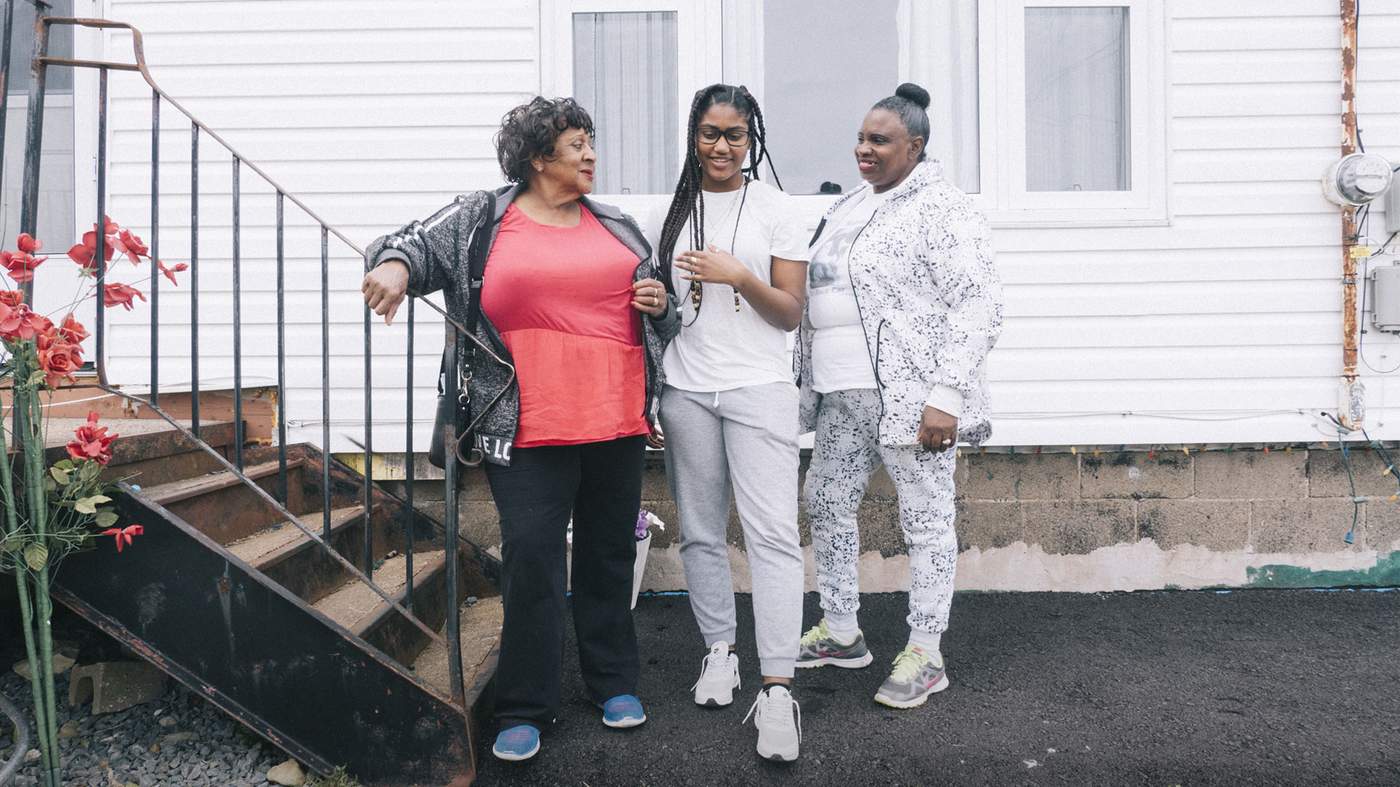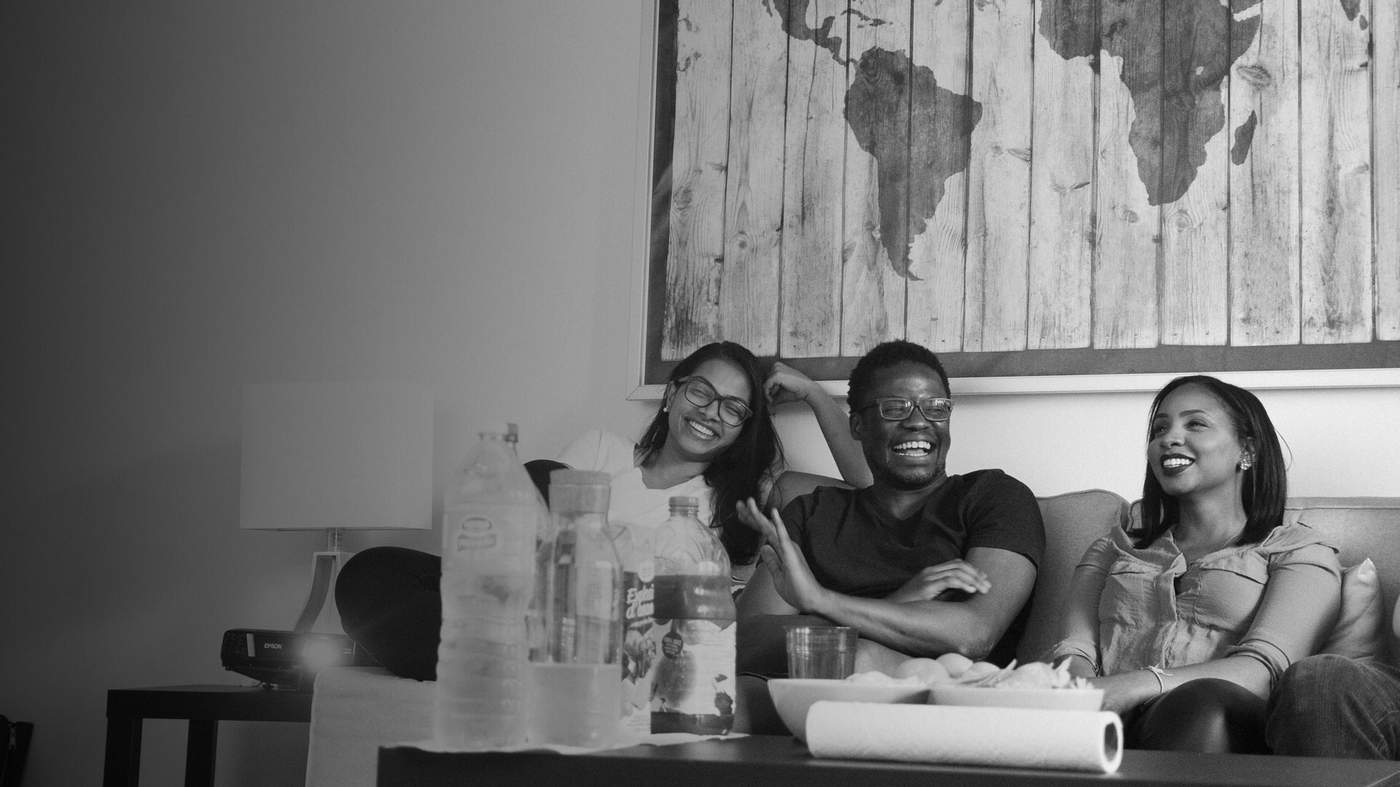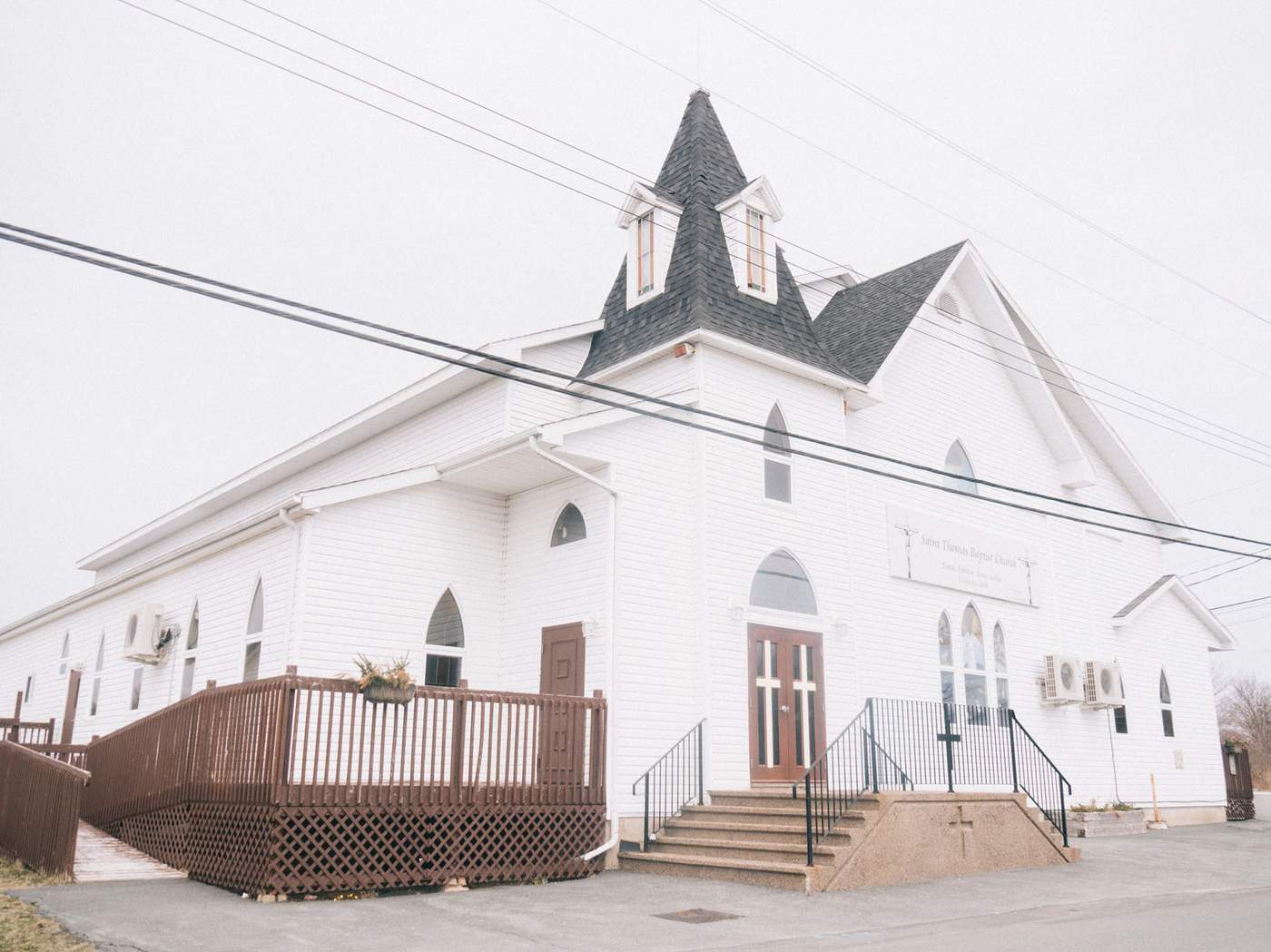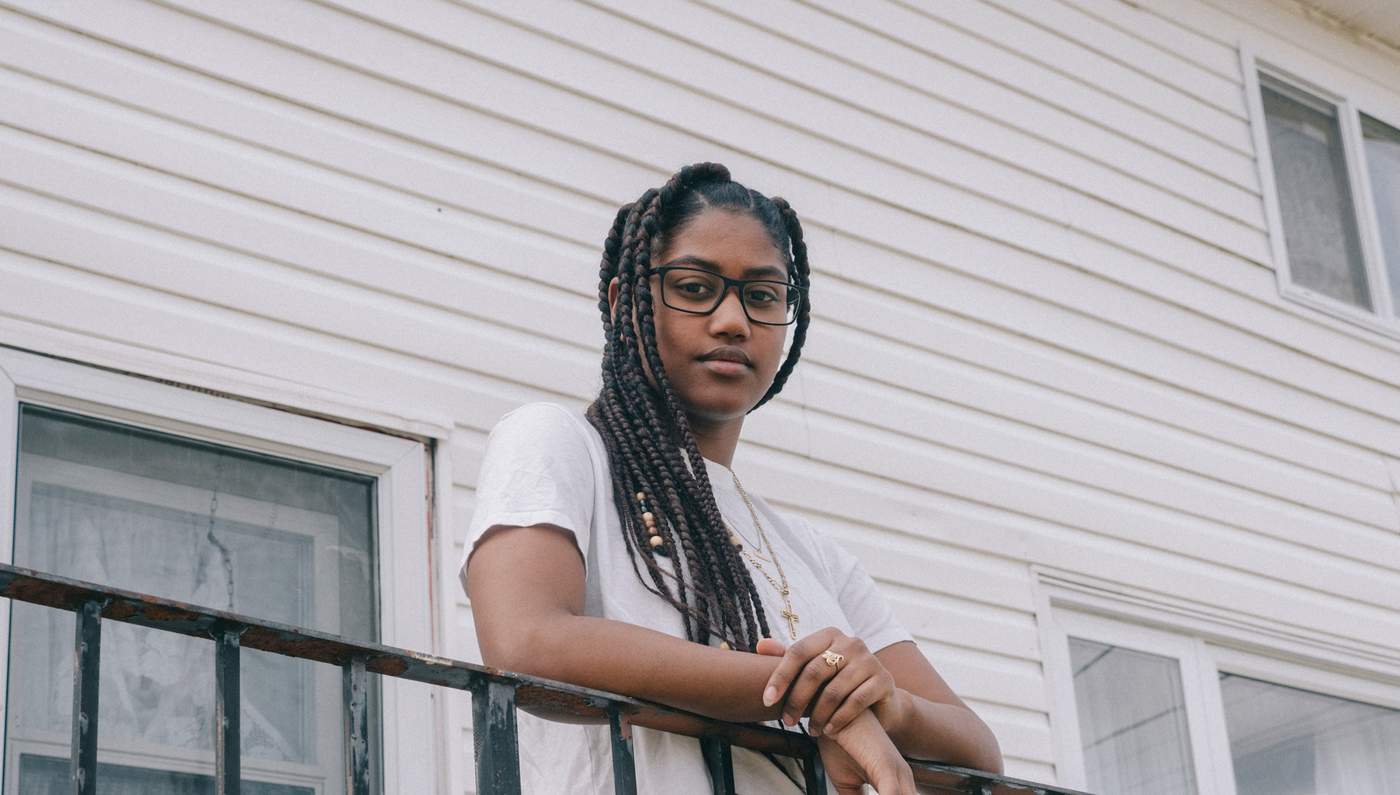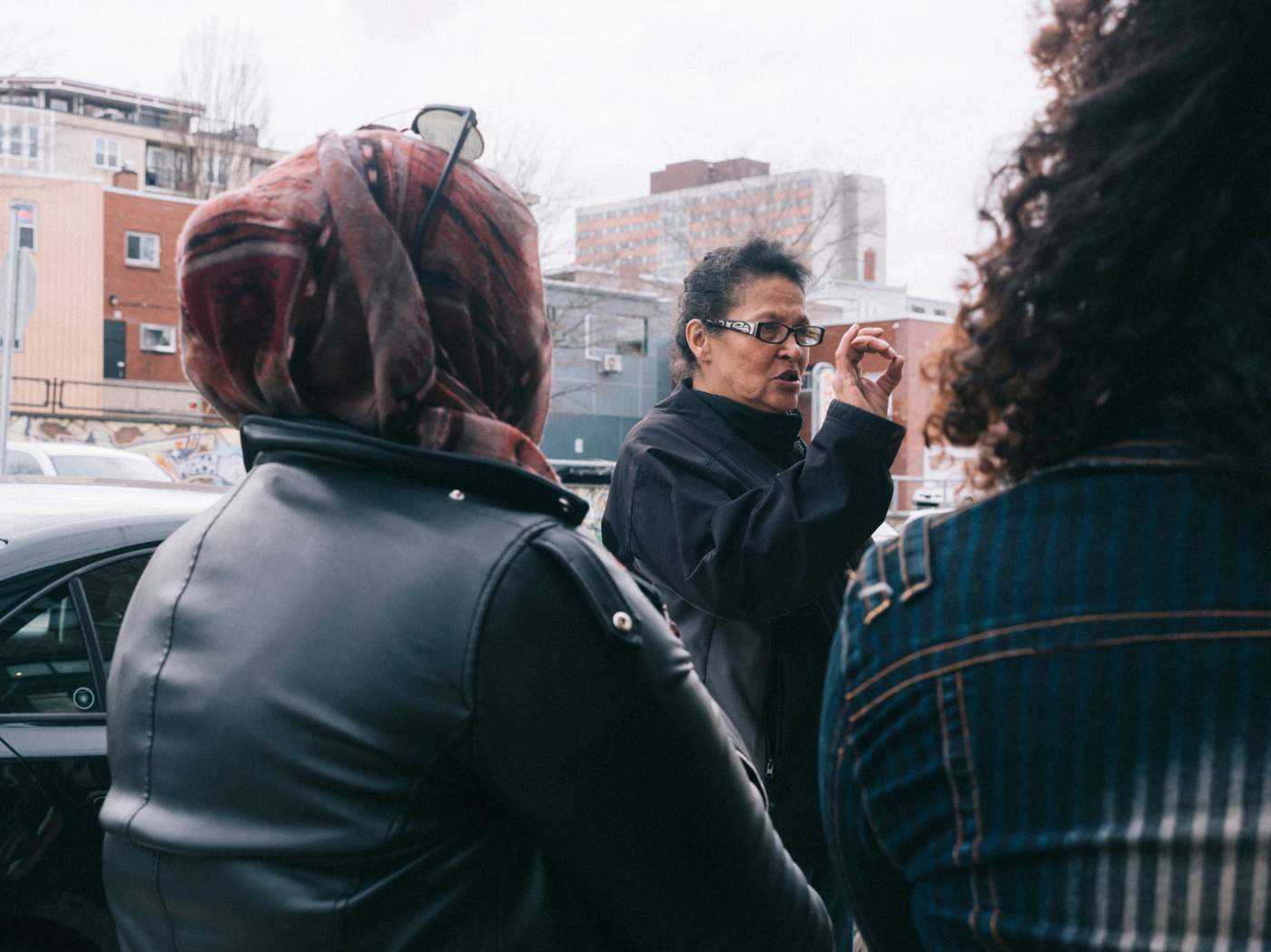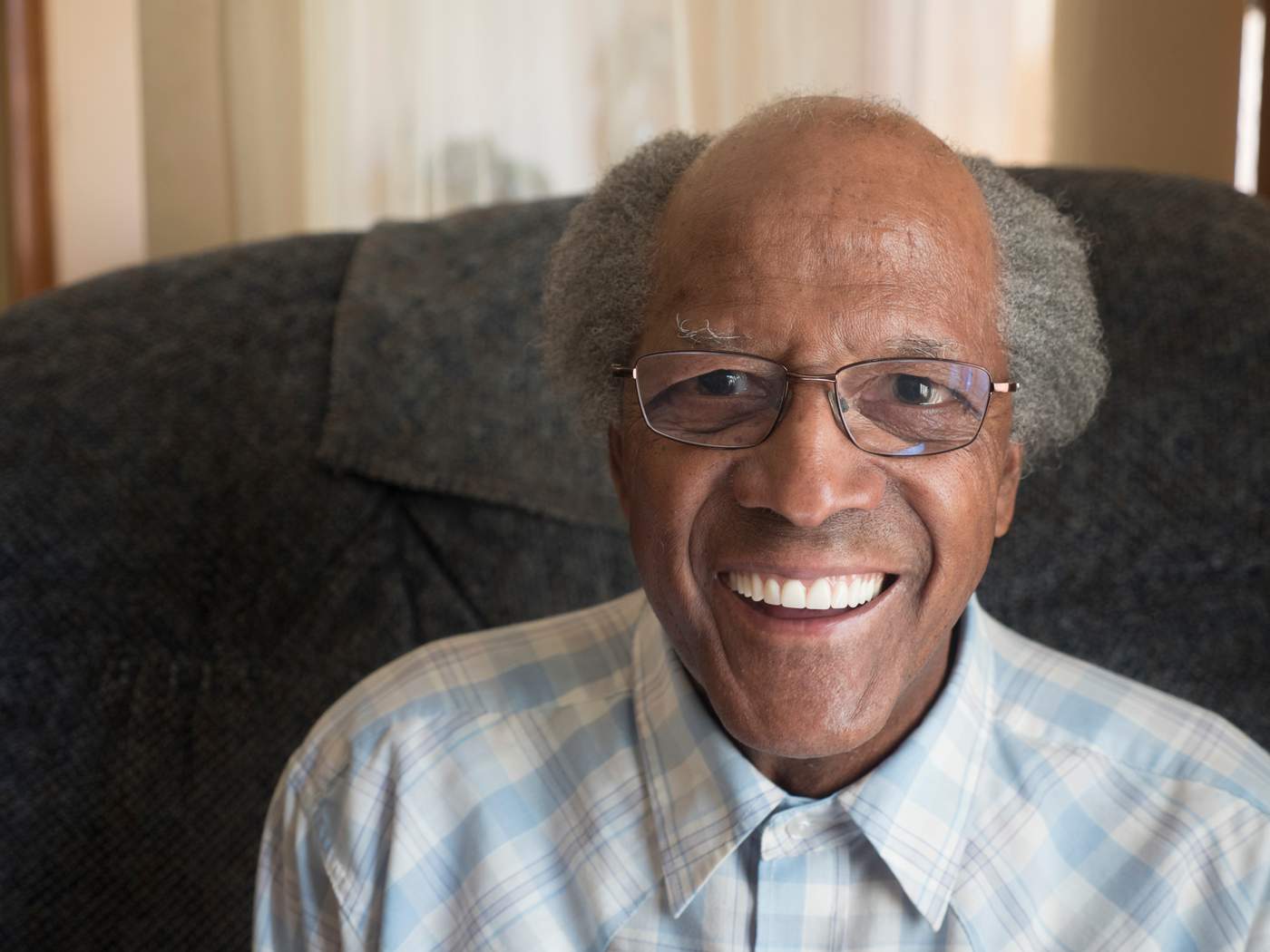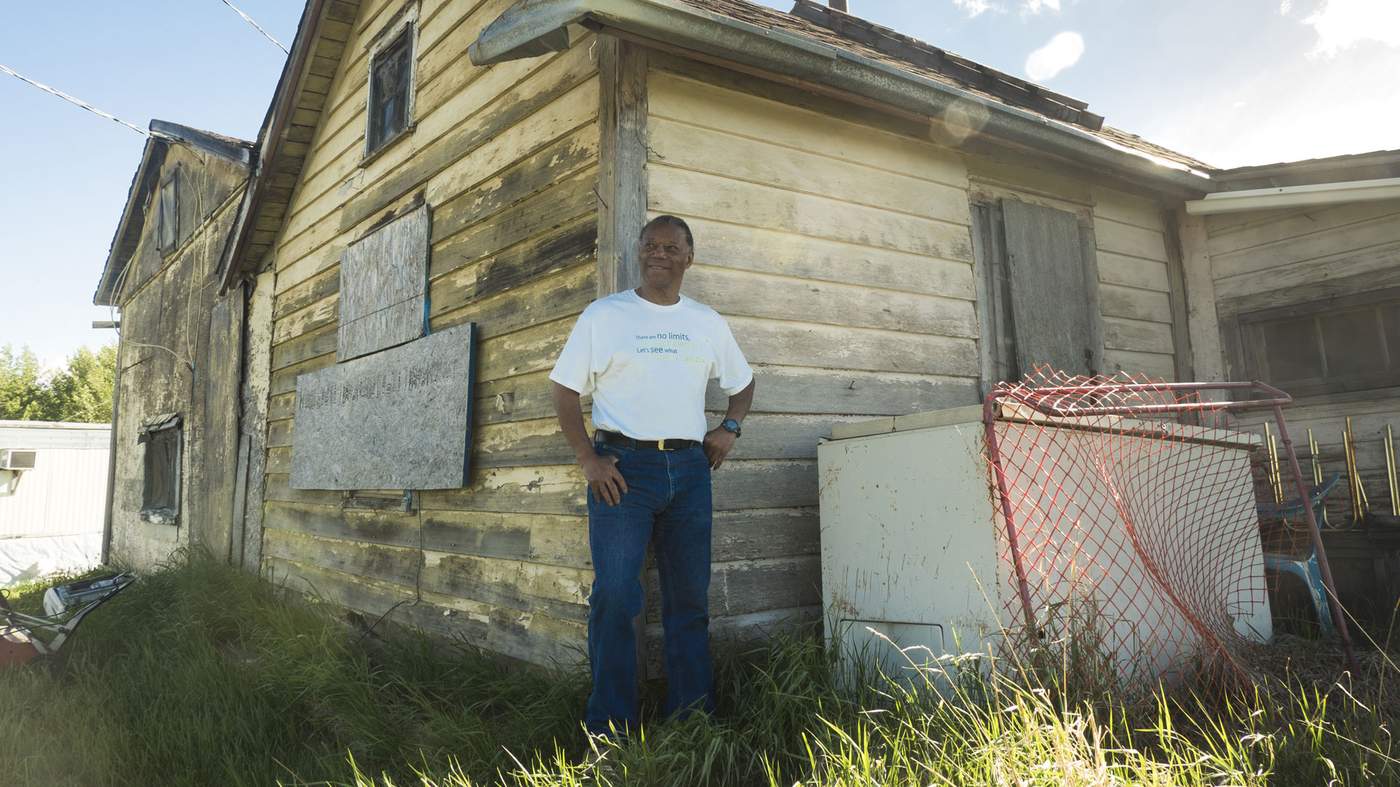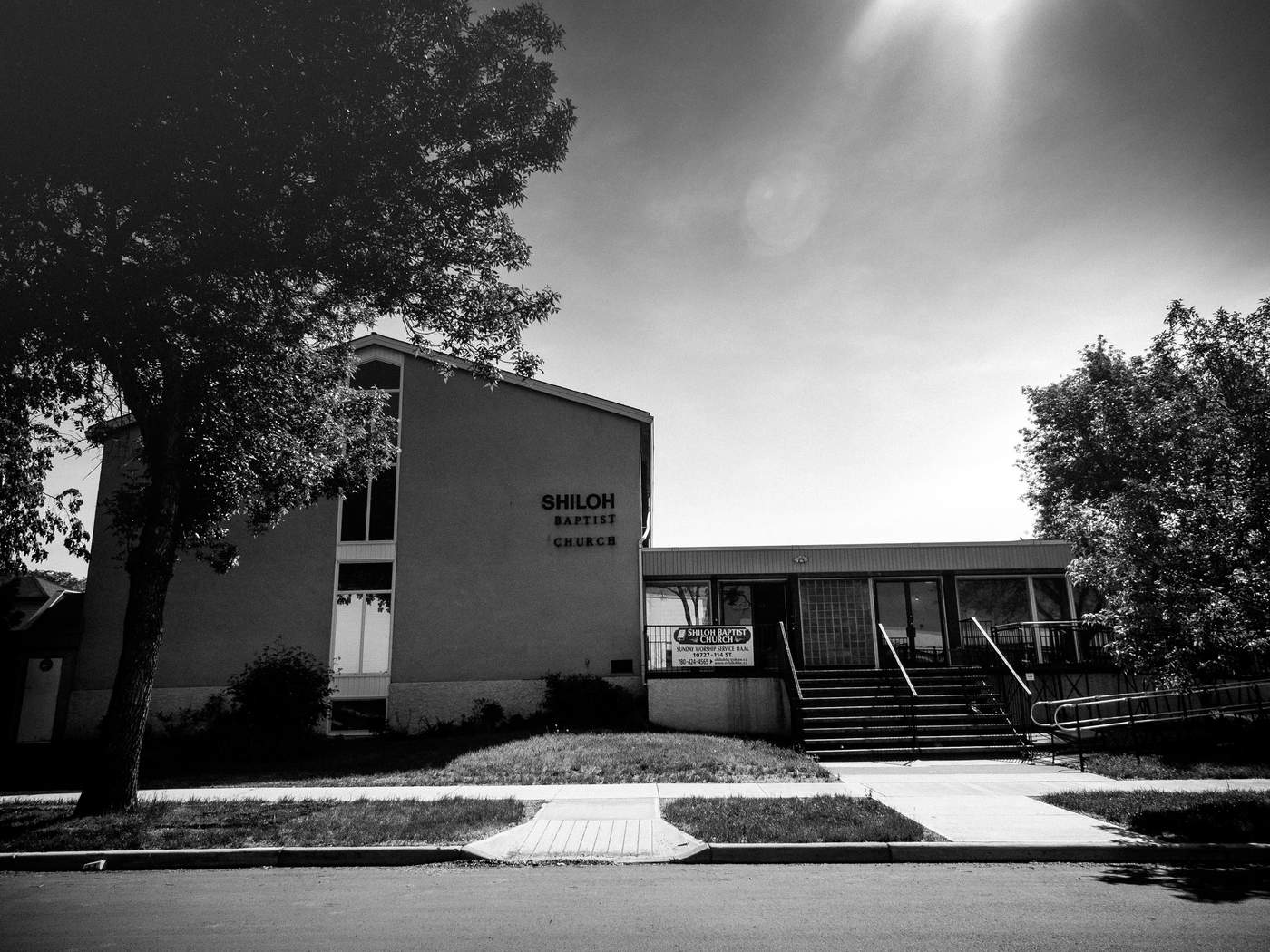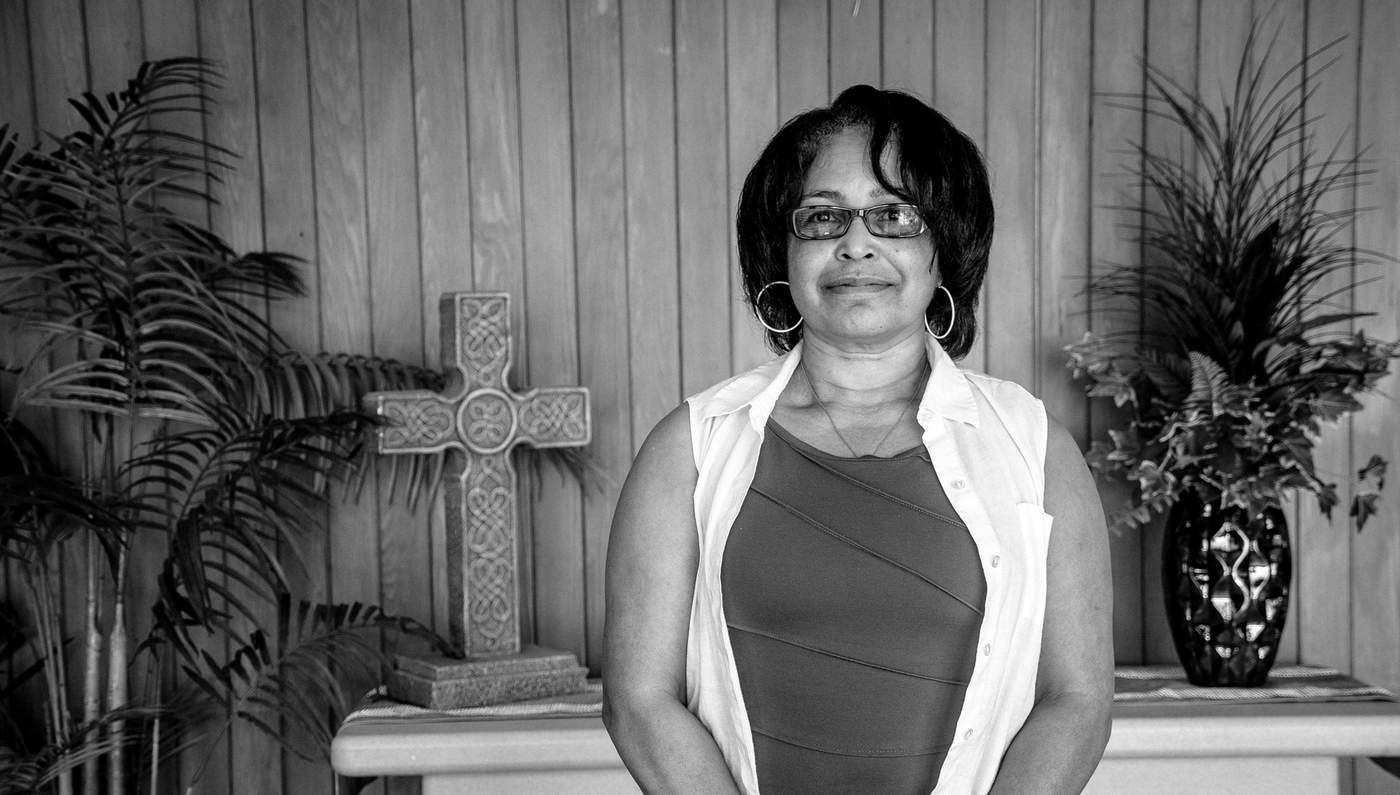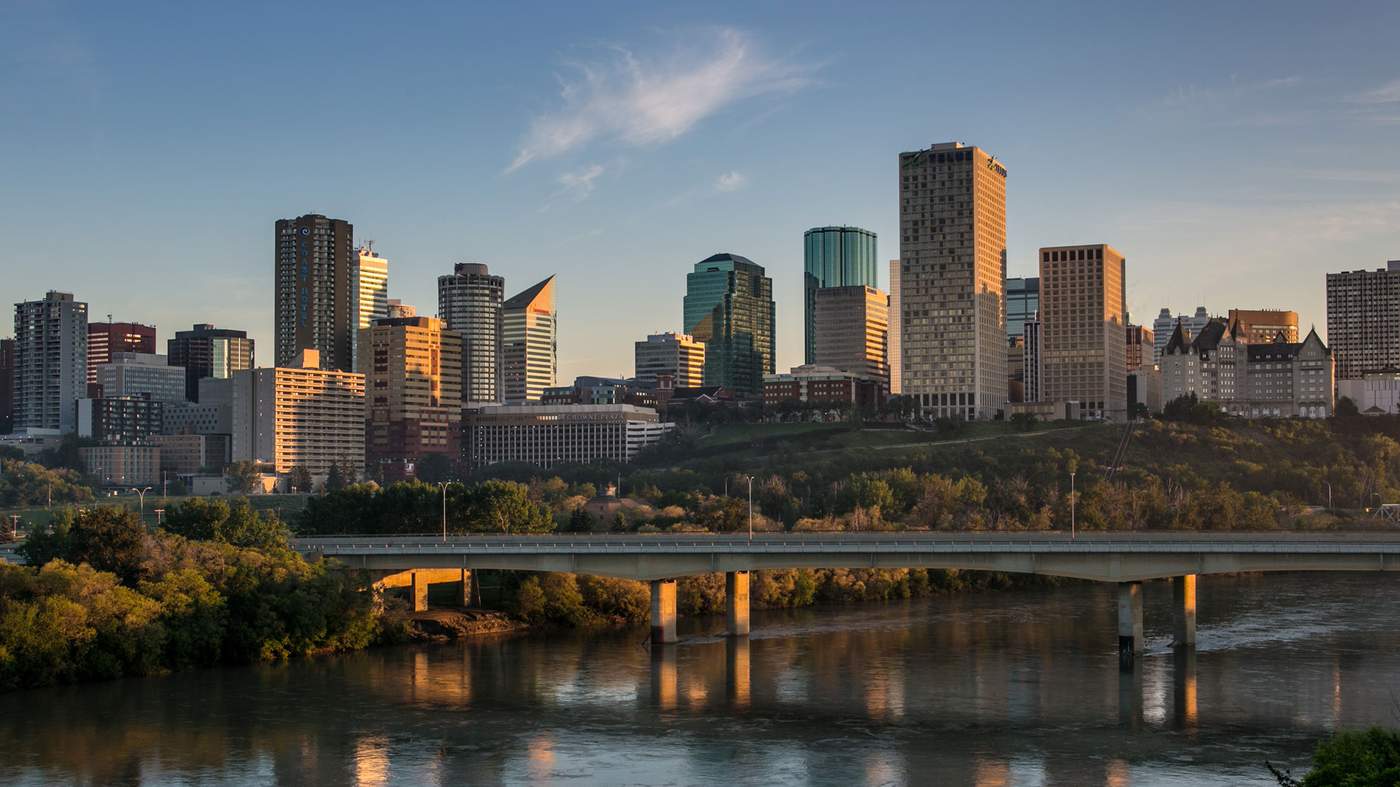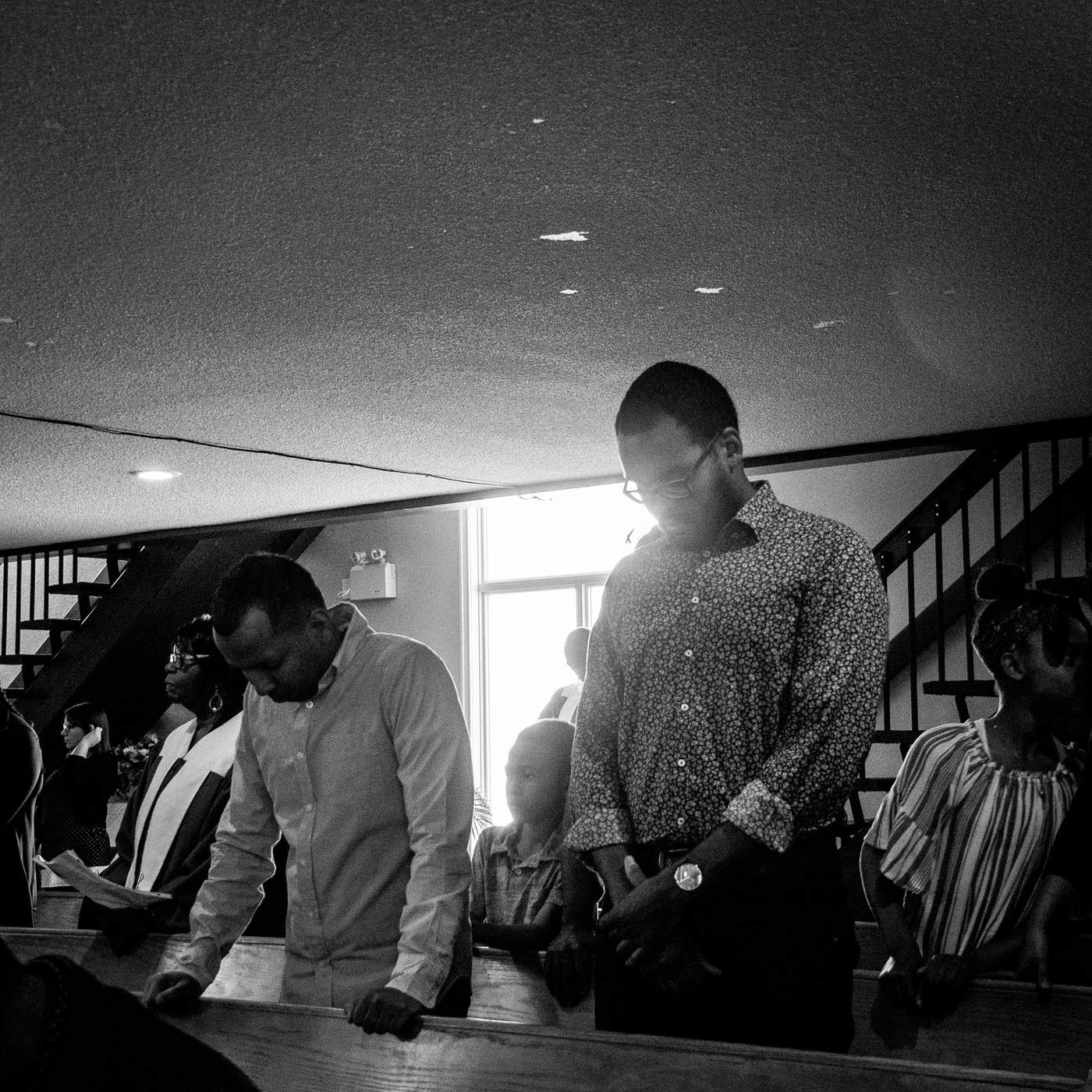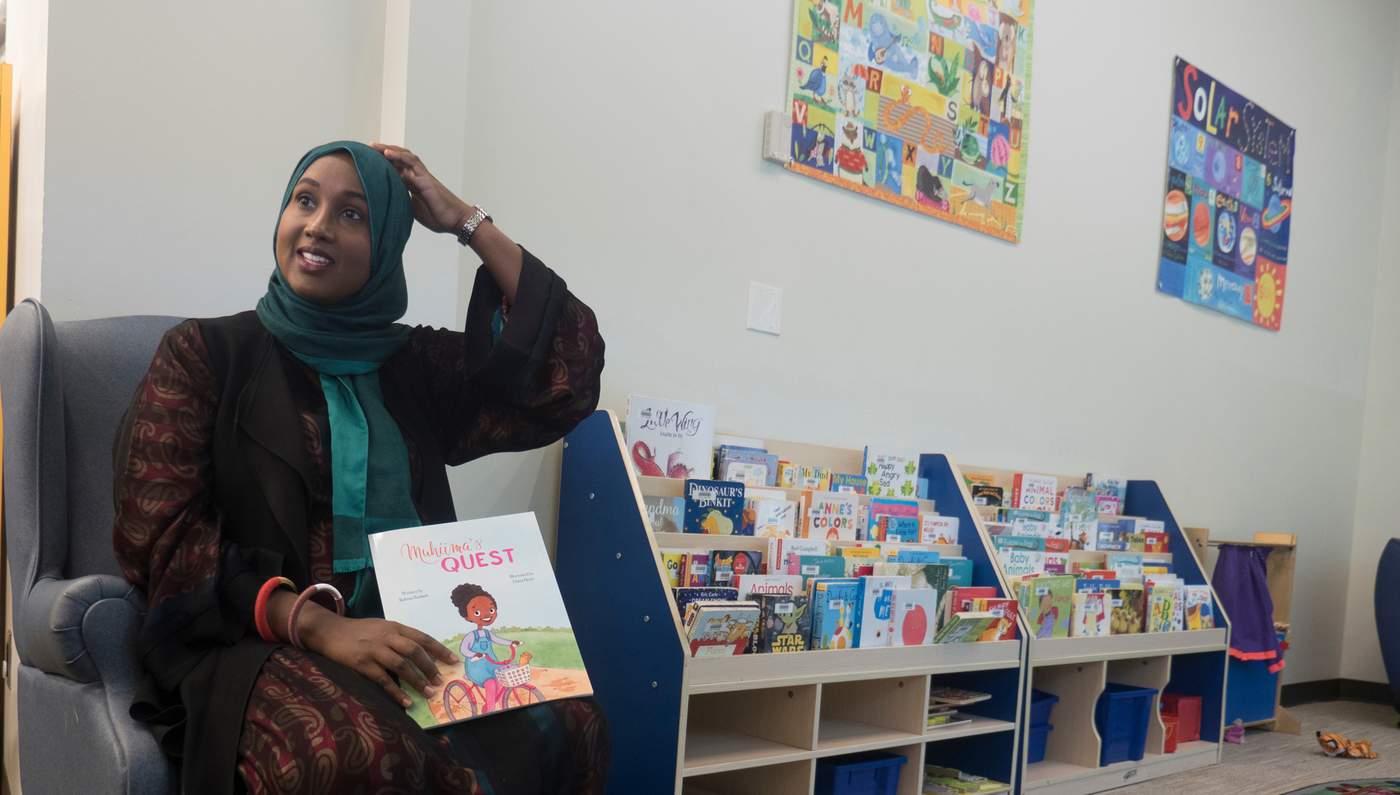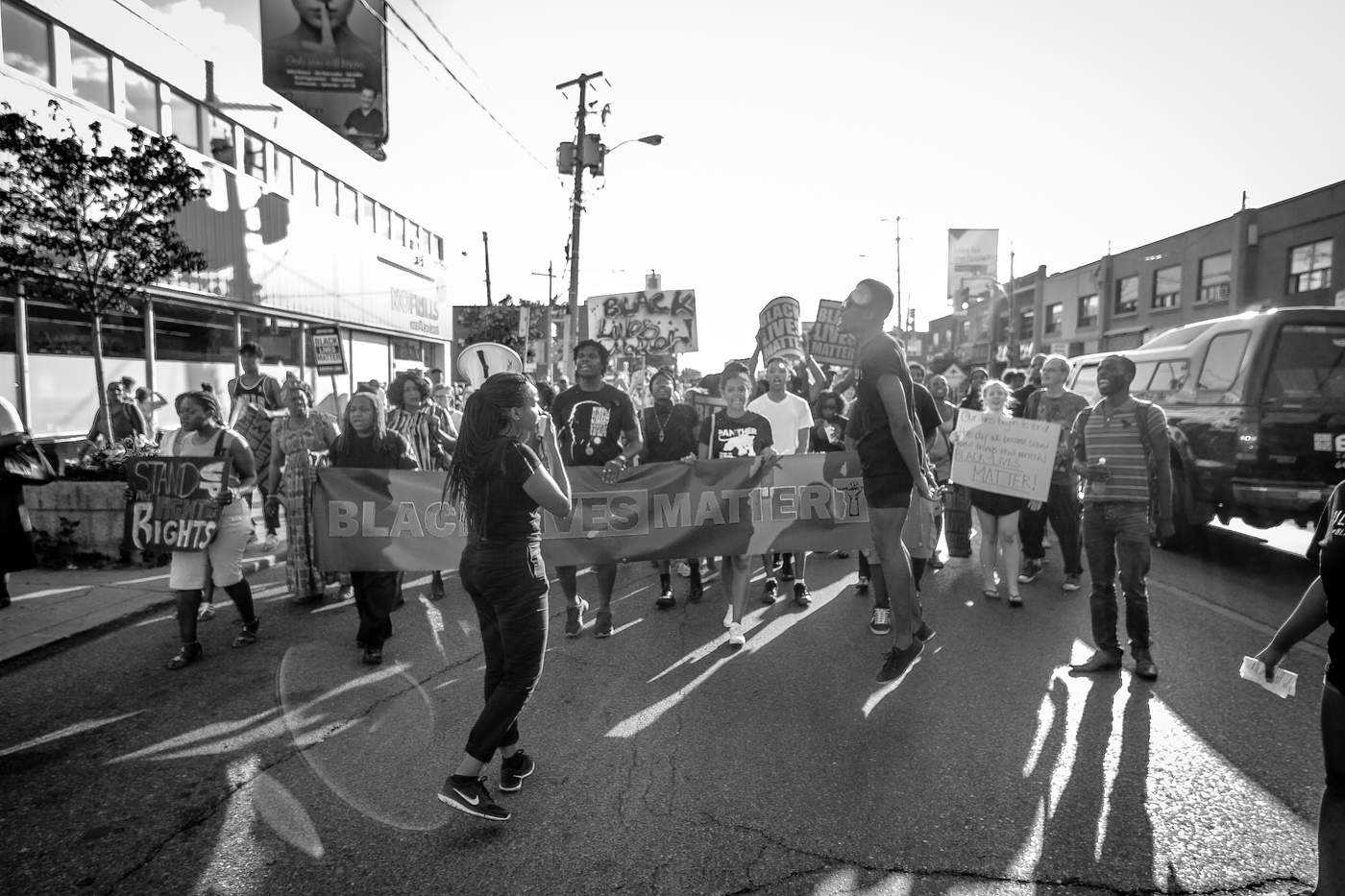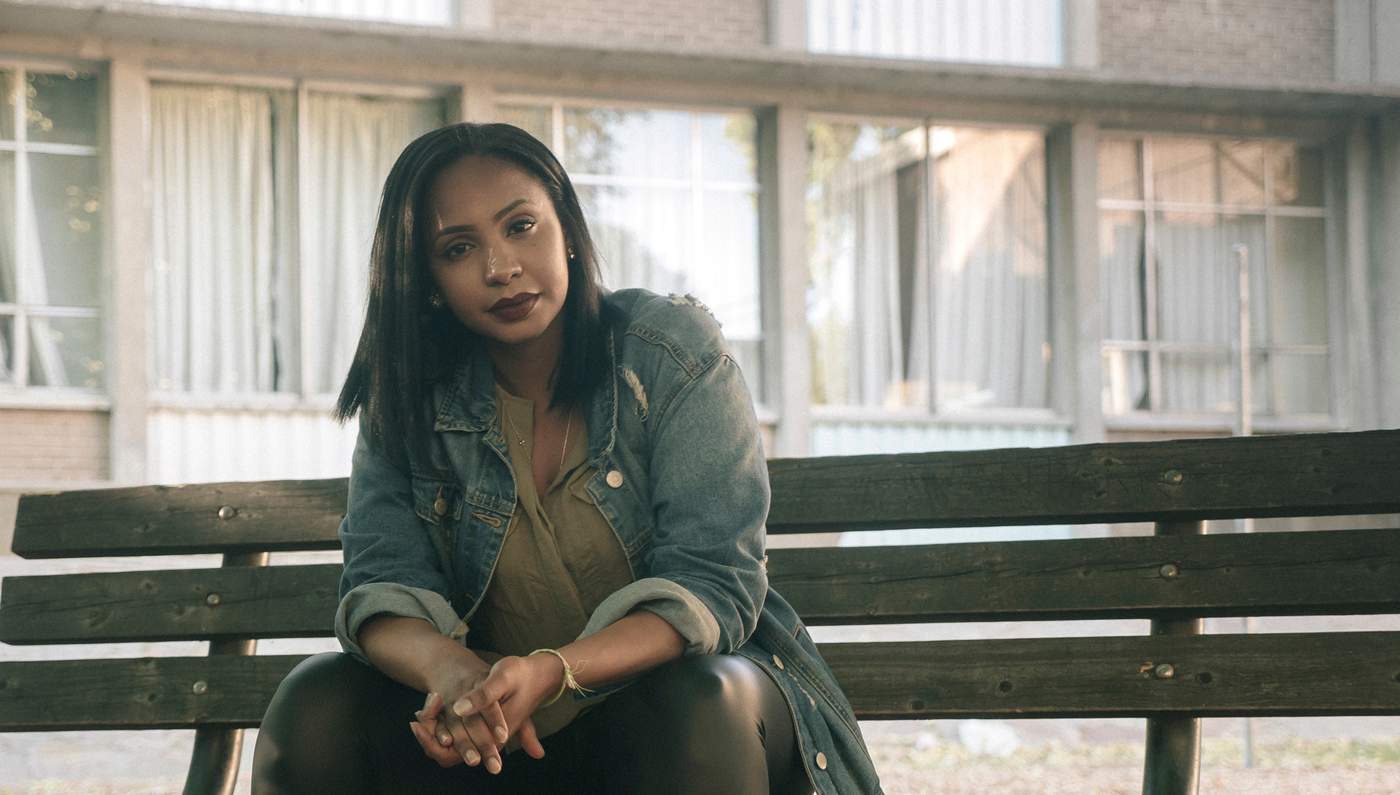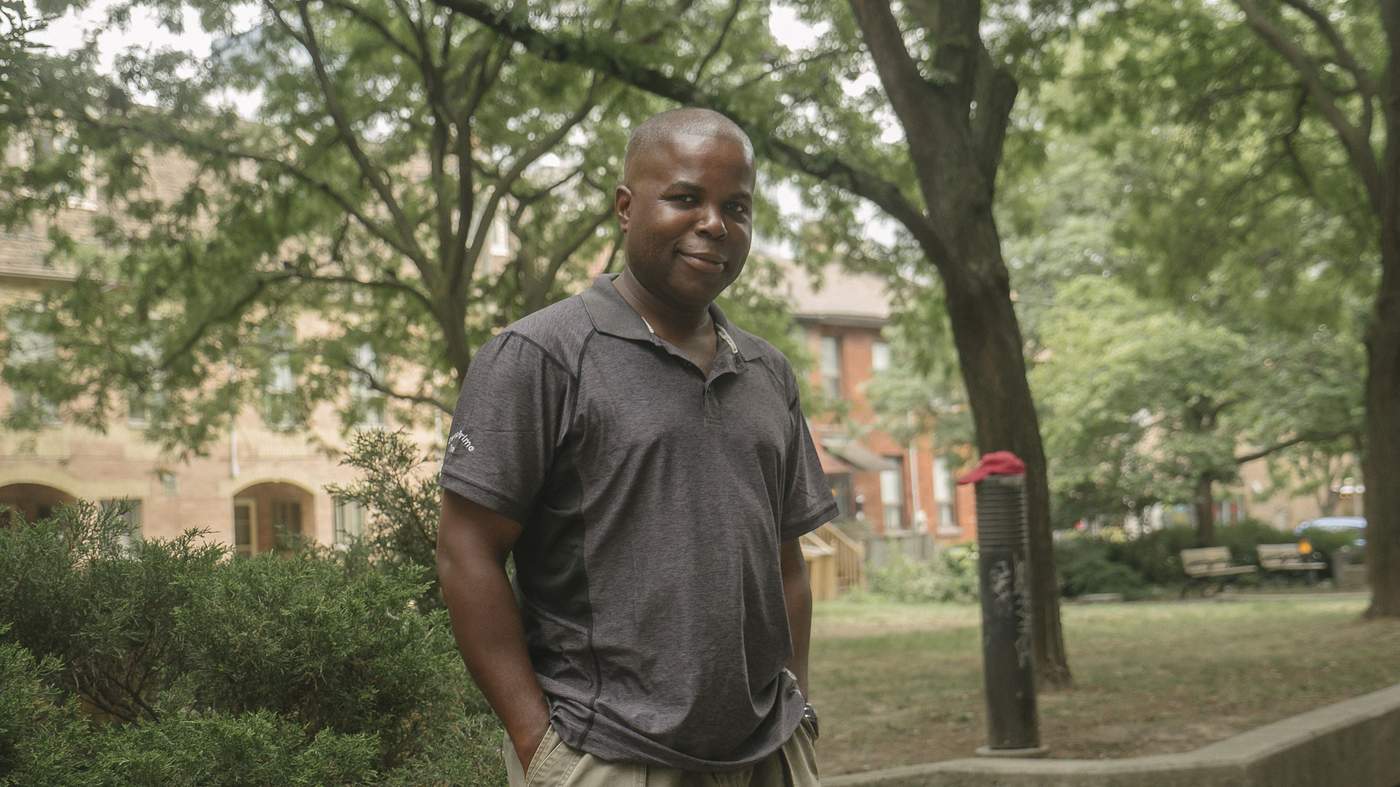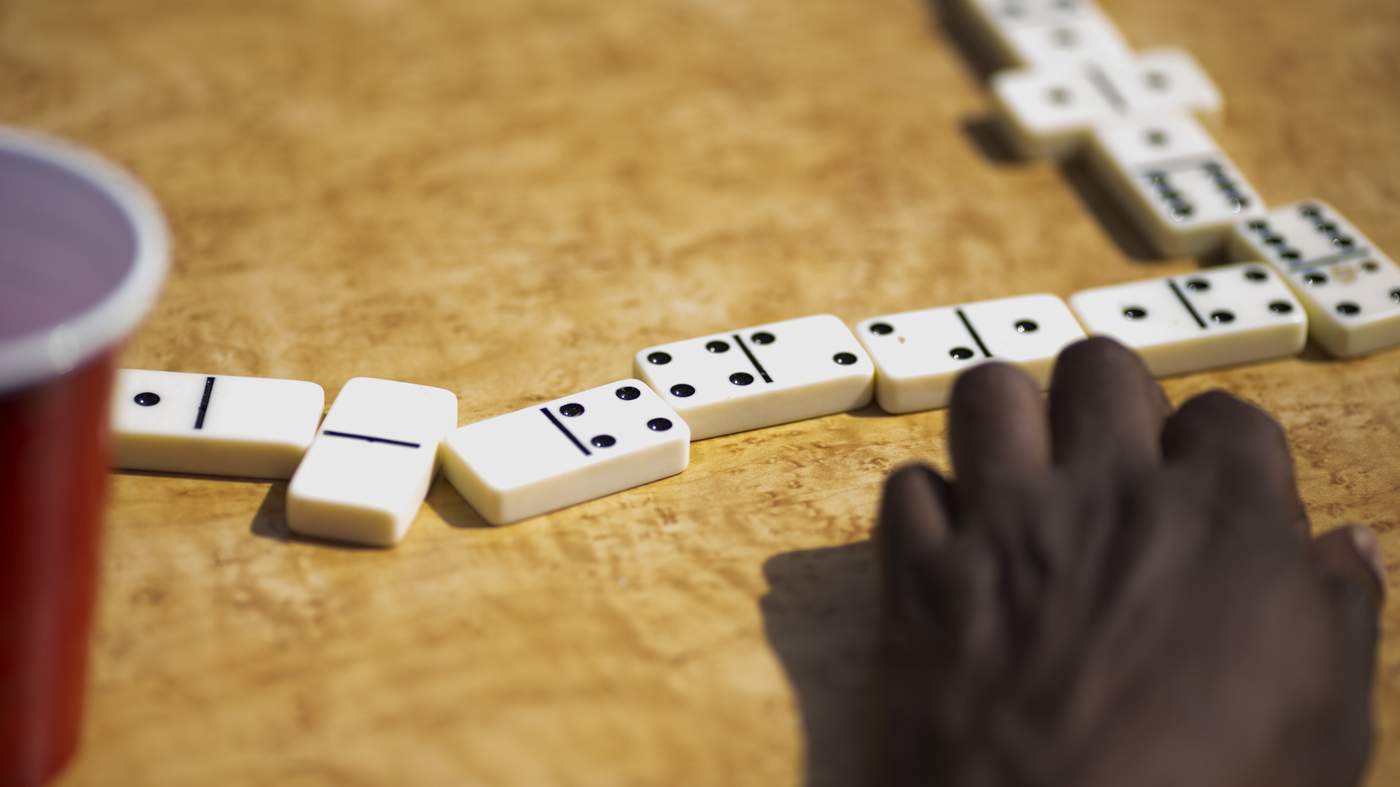Kardeisha grew up in North Preston, Nova Scotia, one of Canada's oldest black communities, where her family has lived for generations.
"It didn't look like this 400 years ago. It was nothing. They had to learn how to farm here, they had to learn how to survive in the winter here, which happened with natives that lived here...They basically thrived and created this place. So it feels like I’m privileged to be able to walk the roads here and be part of this land and call it my home.
"My grandmother has lived here her whole life, she was born here, her parents were born here - it goes back like that. North Preston is as deep as it gets for me.
"Some people will be from the Caribbean, some people will be from other islands or Africa - it goes deeper for them. For me, I only know here, I only know North Preston. So when people say ‘where are you from?’ I’m from Nova Scotia, I’m from North Preston. My roots are here."
She adds: "We’re isolated from other people so we get to react and connect with each other here without interruptions. So that’s why it’s so rich in culture and so rich in everything because we have this community to be ourselves - to express who I am and learn about being a black person and not having to apologise for doing that here because everyone else is doing that too."
Debra, who has a mixed cultural heritage of Black Nova Scotian and First Nations, is an outreach coordinator with a Halifax community organisation and the YWCA.
"Two beautiful, strong, resilient identities. Not drunken Indians, not lazy blacks, not all of those negativities that I knew my children were going to hear. Not any of that.
"At the end of the day, we’re still here. Aboriginals. Blacks. We’re still here. Obviously there’s our strength. We’re resilient."
She adds: "Colonialism has taught us lighter is better. The closer that you look to white, the better it is.
"To the point where my grandmother even said ‘if you want your children to have a good life, never marry a man that is darker than a brown paper bag.'
"That was the standard right? And that was my grandmother, a black woman."
John grew up in Wildwood, Alberta, the son of two African-American pioneers from Mississippi and Oklahoma. He still lives on his family’s land.
"When they first came here, when the first people come up here, you know how they came? With a horse team, axe, bucksaw, an axe and grubhole and clear out a bunch of land. You got to pay, how much was it, $10? $10 to get your title. We’re talking about 1908, 10, 12, 14, a lot of people came out then. You can just picture it, eh? Mud, water and frogs."
He says: "It’s good up here. All of them come up here to get away from down there in the States.
"Because in the States it was bad. Bad. That’s what you call segregation down there.
"We had two little German kids come to school here one time, they couldn’t speak English that good. Then the kids come and try and poke fun.
"Our teacher is on the ball, she called us kids in and said 'Them kids come to learn now don’t you start picking on them, they’re just like anyone else. They’ll take a little time to learn to speak English and write it and if I see anybody pick on them you’re gonna stay after school and you’re gonna get the strap.'
"And we kids cut it out. We were happy as a bug in a rug."
"The thing that brought the community together was the sense of sameness. Because most everybody was black during that time.
"In Amber Valley, there was a sense of community because everyone owned farms.
"They had the same issues, they had to deal with the land… Everything was kind of a communal issue.
"I remember the times when they used to have the threshing bees where everyone would stook all the grain, then they’d go by and get a big threshing machine and they’d separate the wheat from the stock and the chaff.
"It was great because all the members of the family, all the families around, even the white families, would all come together and they’d pool their resources and start the harvest time, they’d harvest one farm and then everyone would move to the next farm.
"All the time the host family would be supplying all the food and drink and everything.
"So it was a great sense of community there.
"We didn't really realise anything about our colour until we got to the city."
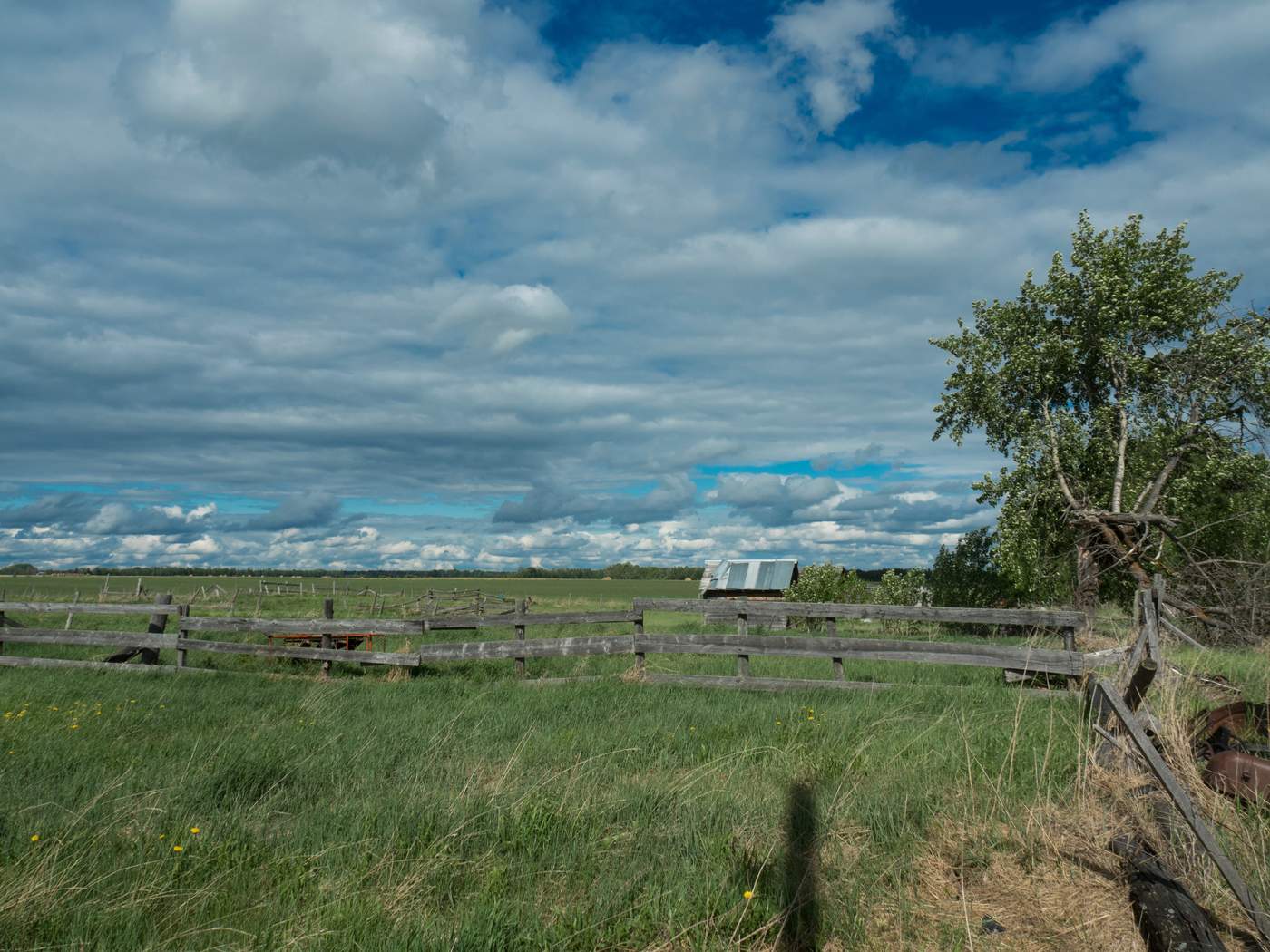
Shiloh Baptist Church, one of the oldest black Canadian churches in Canada, was established in Edmonton in 1910.
During the Great Depression and World War II, more black families from rural communities like Amber Valley and Wildwood moved to the city of Edmonton for greater economic opportunity and found refuge within the church community.
Today, Shiloh still plays an important role for the descendants of those early settlers and new waves of immigrants from the Caribbean, East Africa and other parts of the world.
Deborah’s grandfather moved to Wildwood from Texas to escape the Ku Klux Klan. She has become an advocate for preserving the history of the black pioneers of Alberta and is president of the Shiloh Centre for Multicultural Roots.
"My parents didn’t like us using the word black, that we were black, because we were the same as everyone else and we were not supposed to see our colour. When colour became an issue was when our cousins came up from the States."
She adds: "There was no such thing as Black History Month until 2017, in Alberta anyway. The 'African-American-Canadian-Albertans', we didn’t have cultural celebrations… we were excluded and we weren’t considered a culture.
"When all the other festivals from the other cultures started coming... we said 'Hey! What about our culture?'
"That’s when I stood up and said hey, somebody has to represent us, because we are the roots."
Over the years, civil and political unrest in some parts of Africa have sparked new waves of migration to Canada.
Although the cities of Toronto and Montreal are still the first place of entry for most immigrants, many are choosing to move out west to Edmonton in search of better opportunities and better lives.
Samuel is studying political science at the University of Alberta. He is of Ethiopian and Eritrean descent.
"I remember in high school being stereotyped. I was told by my counsellor that I would never make it to university. And she wanted me to go into a different route in life.
"In my heart I knew I was going to go to university. My marks didn’t show that, but I knew my heart, my intention.
"The year that I entered (high school) that was the most African, black students that they had… The way they treated us as students, as individuals, they saw us as no hope."
Rahma is a mother, a civil servant and a children’s book author.
“For me, I didn’t learn to read [English] until I was maybe 10, so when I had kids I discovered children’s books. I started discovering that there’s no representation of [my daughter]. She’s not able to see herself in the books that she enjoys reading: She’s Muslim, she’s black, she’s a woman, one day she may wear the veil. There’s nothing that represents that and there’s nothing that celebrates that.
"I decided to write this story for representation and so that my daughter is able to be proud of being black and Muslim because she’s going to grow up in a society where she’s going to have to defend those things.
"She’s going to be interrogated, she’s going to be questioned, she’s going to be looked at a second way because she’s black and she’s Muslim. So it’s very important for me to establish her with that sense of pride very early on.
"She is Canadian, she is fully Canadian, but people will not treat her as Canadian. There are some people who will always see her as an outsider. So I think she needs to know that and she needs to be able to defend that."
Her brother, Radwan, is a civil servant and a volunteer for Somali-Canadian youth organisations. He moved to Canada from Somalia with his family, including Rahma, when he was four years old.
“Canada is quite a blessing for anybody who is here. So being black is one of the aspects that I can give to the country, that I can express myself in. And Canada allows you to do that, with multiculturalism. There’s still struggles, there’s still lots to do, but Canada, more than a lot of different places in the world, allows you to do that."
Black people have been a part of the fabric of Toronto since its earliest days.
Throughout the 19th and early 20th Century, African Americans migrated to Canada to escape slavery and segregation.
Others came from rural Canada seeking opportunity in the city.
Those early families have been joined over the years by immigrants from places like Jamaica, Somalia, Ghana and Nigeria seeking a new life in one of the most multicultural cities in the world.
Some 300,000 people in Toronto identify as having Caribbean and African heritage, and black Canadians represent about 9% of the city’s residents.
Nationwide, there are over a million black Canadians - a diverse group that make up 3.5% of the population.
Yusra is a Sudanese-Canadian community organiser, activist, artist and educator. She is one of the founders of the Black Lives Matter Toronto movement. She recently graduated with a Masters of Arts degree in social justice education.
"Downtown Hamilton [a city west of Toronto] was a white culture shock for me. I used to get made fun of for my accent, how I dressed, the food that I brought to school. They used to call me monkey, I used to get told to go back to Africa.
"I understood my blackness through the lens of whiteness and white supremacy when I was in Hamilton. And that was a really vile understanding of my blackness because it was the most disturbing representation of blackness. It was caricaturing blackness like it’s inferior, like deviant, like it’s criminal, like it’s disgusting, like it’s something to be ashamed of. And I really internalised a lot of those projections of blackness.
"And then when I moved to Regent Park [in downtown Toronto] it was a different understanding of my blackness because now all of a sudden I was surrounded by people that looked like me.
"So I started to understand my blackness in a completely different way. I was surrounded by a blackness that was so self-assured, that was so proud, that repped-and-set, that moved with so much confidence and so much pride. And that’s when I really felt my political consciousness awaken."

"Black Canadian is an oxymoron to me. It’s like opposing forces in my understanding. Because the project of Canada does not include blackness, it erases blackness from its cultural landscape, from its political landscape, from its social landscape."

In recent years, Canada’s largest city has found itself the locus for the debate around race and policing in the country.
The policy known in the city as carding, whereby police stop people without suspicion of a crime to collect their information,
has been a long-standing irritant between the community and police. Statistics have revealed that black citizens are disproportionately stopped.
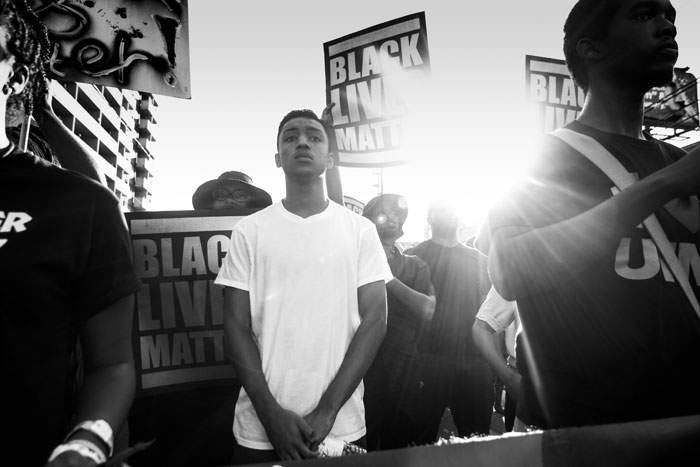
Ontario placed some restrictions on the practice in the province in 2017.
Toronto is also where Black Lives Matter found its first foothold in Canada in 2014.
The group, which is known for sometimes using confrontational tactics, came to prominence following a series of protests over the death of Andrew Loku, 45, who was shot and killed by police in July 2015.
Clifton was born in Jamaica and moved to Canada with his parents when he was still a toddler. Today, he is a sports referee, a public speaker and regularly hosts dominoes parties at his home in Toronto.
"A big turning point in my life is that my parents divorced and I moved in with my aunt, and I moved into a place in Jamestown, which is like an Ontario housing complex that was like 95% black. So I went from being the only black child to a 95% black area. Now in your own environment you realise all those things that, I won’t say missing, but you realise you weren’t doing.
"Even food, cooking, speaking, music, dressing - dressing was the big one because I used to be like a little preppy kid with all the polos and then I go to these areas where we’re dressing more urbanised. So to fit in and be in your own skin was a real struggle for me."
He adds: "But the thing that really connected me back to the community was learning to play dominoes. And we used to play dominoes for hours. And once you learn how to play dominoes, that sort of assimilates you to everything, how to talk or whatever the case may be.
"Looking back I’m really grateful because the one thing I think I’m really good at is fitting into any environment that I’m put into.
"And I see with some of my friends they're not always as comfortable as I am.
"To me, it’s always been a blessing, because I can go into a boardroom or I can go into the hood. I can play dominoes and listen to reggae or I can go and listen to a lecture.
"My dad always makes a joke that you're one of the few people I know who can hang out with the Queen or hang out with the Rastaman."
